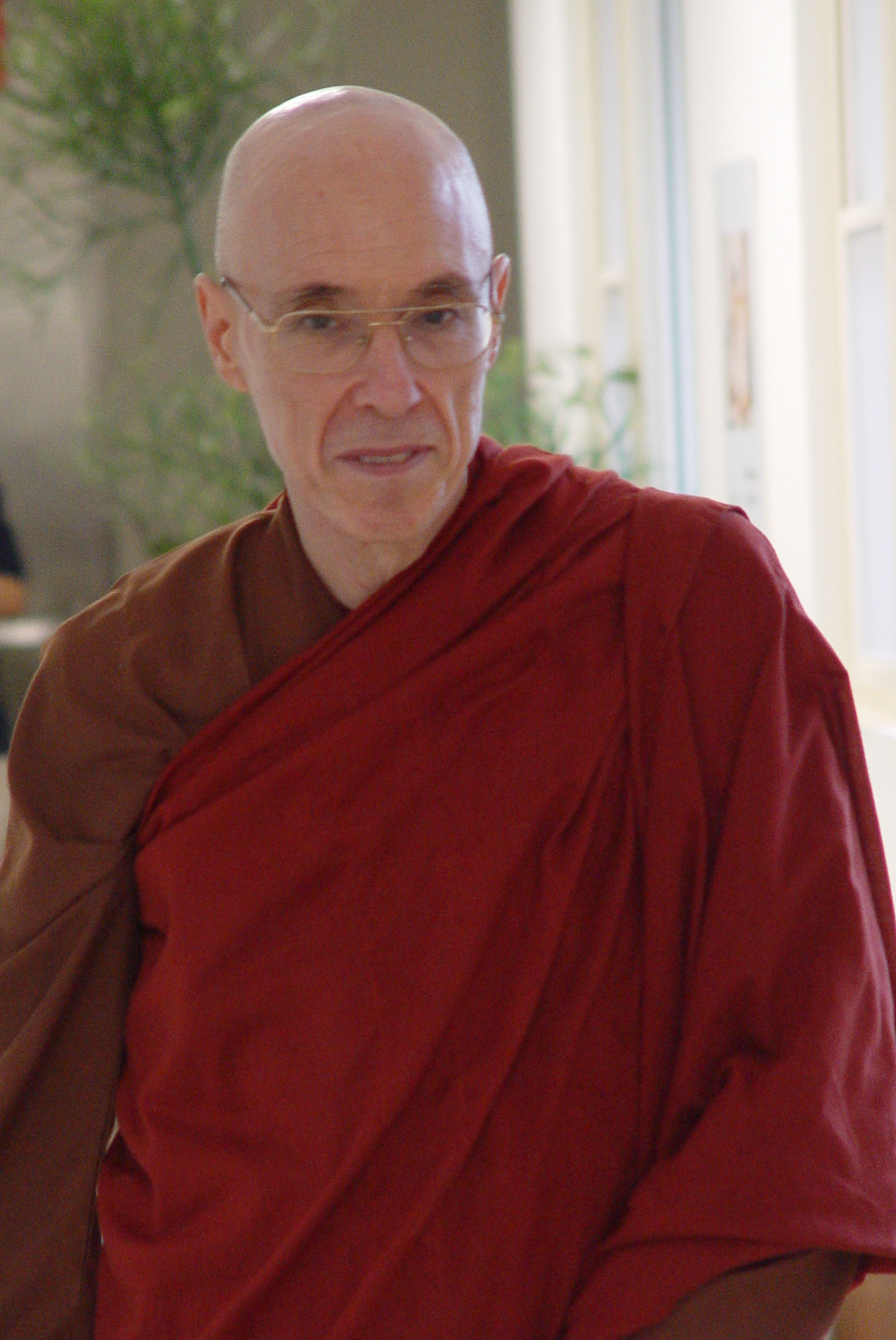Observation on Contemporary Buddhism - Part II
 Interview with Bhikkhu Bodhi-Part II: Questions:
Interview with Bhikkhu Bodhi-Part II: Questions: Lay Buddhism has become quite popular in the west.
As a monastic practitioner, how do you look at lay sanghas as opposed to monastic sanghas?
What are their respective features and restrictions?
Is lay Buddhism going to be a dominant form of Buddhist practice in the west?
Bhikkhu Bodhi In Asian Buddhism, especially in South and Southeast Asia (and probably Taiwan) the center of Buddhist religious life is the monastery, and those who want to make a full commitment to spiritual practice take ordination as monks and nuns. Here in the US we lack a long-standing tradition of monasticism, and modern life, with its emphasis on secular values, constitutes another barrier to the adoption of full-scale monasticism. These factors have led to the rise of a Buddhism in which the leaders and teachers are almost entirely lay people. These people are not mere devotees, but wish to dedicate themselves fully to the Dharma; however, at the same time they find that their life circumstances, as well as American culture, are not conducive to the adoption of monasticism.
I see this development as having both positive and negative sides, which I can treat only briefly here. On the positive side, it elevates the position of lay people from being mere “faithful devotees”—a position they too often occupy in Asian Buddhism—and respects their ability to fully engage with the Dharma: to undertake long-term meditation retreats, to study canonical texts, to become community Dharma leaders, and even to serve as Dharma teachers. The drawback is that, when laypeople rise to positions of leadership, they almost inevitably bring along the outlook and attitudes that prevail in lay life and thus interpret the Dharma through the lens of their own experience. This means there will be a tendency to compromise, even to blunt, the radical edge of the Dharma. This will show up in the devaluation of such qualities as renunciation, solitude, and monastic discipline, which play a major role in traditional Buddhism, and in a marginalization of the devotional side of Buddhist practice.
The rise of a lay Buddhism—particularly a secularized lay Buddhism—can also lead to the marginalization of such ideas as rebirth, karma, samsara, and transcendent liberation, in favor of an approach to Dharma that emphasizes living skillfully within the world. Of course, to live a skillful, wholesome, ethical life in the world is an important aspect of classical Buddhism, but in classical Buddhism the ethical life is pursued against a background governed by such ideas as karma and rebirth, where such a lifestyle is part of the training aimed at supreme liberation. In this picture mindfulness and concentration, and even insight, are not sufficient in themselves. In traditional Buddhism, the threefold training in morality, concentration, and wisdom aims at liberation, which means the release of the mind from the defilements and ultimate release from the round of repeated birth and death. Such ideas, so far as I know, are seldom mentioned in the lay adaptations of Buddhism

Perhaps one of the challenges that Western Buddhism will face in the future, especially those forms that have traditionally revolved around the monastic order, will be to foster mutual respect and collaboration between monastic teachers and lay teachers, and between their respective followers. Just now there tends to be some degree of competitiveness between the two, occasionally even mutual denigration: the monastic teachers cast doubts on the ability of the lay teachers to understand and promote the Dharma properly; the lay teachers treat the monastics as fossils from a primeval past, utterly out of tune with the spirit of evolving Buddhism.
But for this collaboration to flourish, in my view the lay teachers will have to learn from monastics who are well grounded in the scriptural heritage of Buddhism. It is said that the Dharma is constituted by three factors: scriptural learning, practice, and realization (pariyatti, patipatti, and pativedha). At present, there has been much emphasis on practice, but the practice tends to be undertaken without a sufficient basis of scriptural learning, and thus lends itself to free reinterpretations that perhaps accord better with the contemporary “human potential” movement (in its various forms) than with the aim of traditional Buddhism. The preservation of the scriptural heritage may be the great contribution that the monastic Sangha can make to fostering a healthy collaboration with the lay teachers.
To be continued...
Texts: Interview with Bhikkhu Bodhi, by Dharma Drum Monthly <法鼓雜誌>
Photos: Chung-Hwa Institute of Buddhist Studies(中華佛學研究所), Lee, Fan (李東陽)